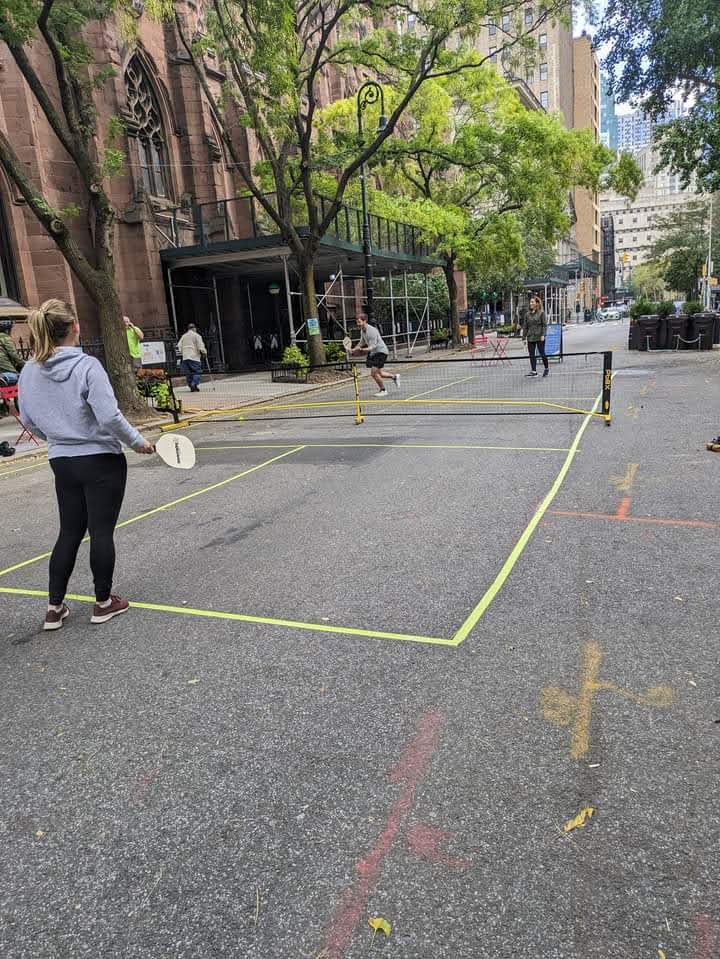The popularity of pickleball is exploding! This fun and easy-to-learn paddle sport is a fantastic way to stay active and social. But hitting the courts can involve finding available play areas or joining a club, which might not always be convenient.
The good news? You can create your own backyard pickleball court for a fraction of the cost and enjoy friendly matches whenever you like.
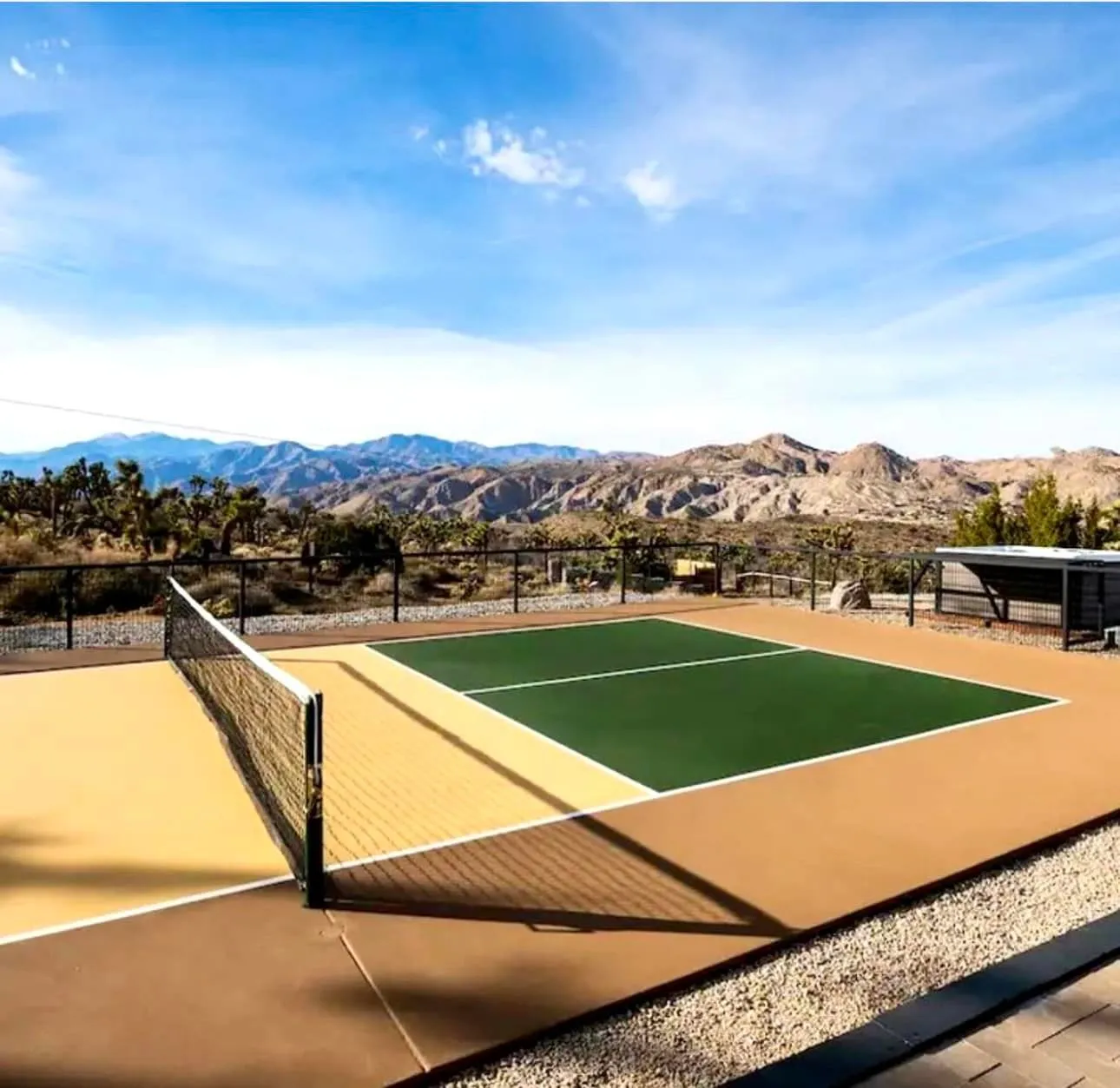
How To Built Pickleball Court Anywhere
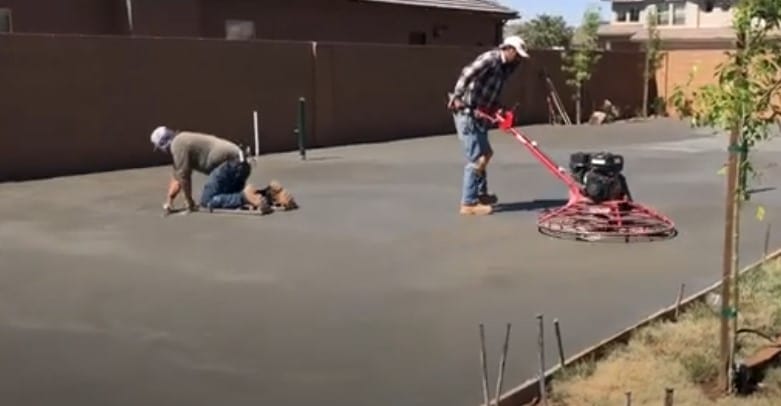
Here’s a step by step guide to building your very own DIY pickleball court,
Assess Your Space and Needs
Before diving in, consider the available space in your backyard or chosen location. A standard pickleball court measures 44 feet by 20 feet for singles play and 64 feet by 34 feet for doubles. However, you can adjust these dimensions slightly based on your space constraints.
Here’s what to consider:
Available Area: Carefully measure your designated area to ensure it can comfortably accommodate the court size you desire. Remember to factor in additional space for players to move around freely.
Playing Surface: Existing concrete or asphalt surfaces are ideal for DIY courts. If you have a different surface type, you might need to explore resurfacing options or consider alternative court constructions (covered later).
Sun Exposure: Pickleball is best enjoyed in moderate sunlight. If your chosen area receives excessive sun, consider shade options for optimal playing conditions.
Drainage: Ensure proper drainage to prevent water from pooling on the court’s surface. This might involve grading the ground or installing a drainage system for proper water flow.
Also Check: Pickleball Practice Wall DIY
Gather Your DIY Pickleball Court Essentials
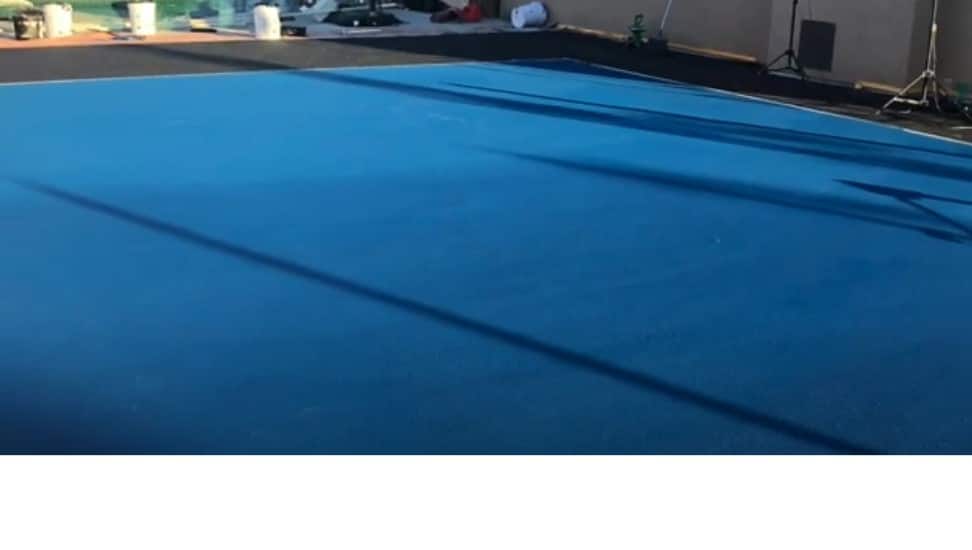
Once you’ve assessed your space, it’s time to gather the necessary materials:
Marking Tools: Tape measure, spray paint (in appropriate colors for pickleball court lines), chalk (for temporary marking), straight edge or board (for creating clean lines).
Court Lines: Pre-painted court lines (vinyl or fabric) are readily available and easier to install compared to painting directly on the surface.
Net and Posts: Choose a portable or permanent net system depending on your preference. Ensure the net height is 36 inches at the sidelines and 34 inches in the center. Anchor posts securely for net stability.
Also Check: Portable Pickleball Net with Carrying Case
Mark It Out – Pickleball Court Dimensions
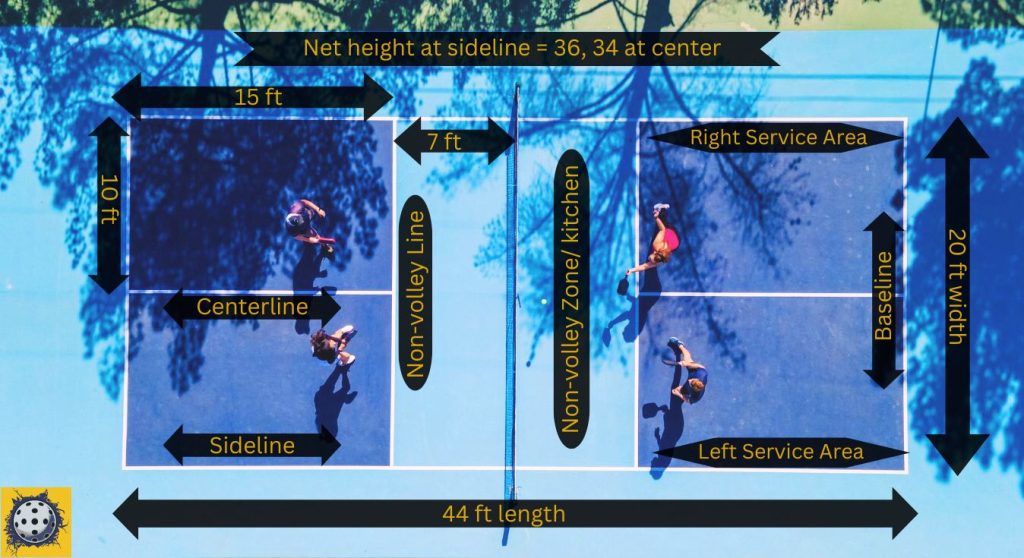
Here’s a breakdown of the key court markings to create,
Baselines: These run parallel to the net at each end of the court, marking the court’s overall length.
Sidelines: These run along the sides of the court, defining the width.
Non-Volley Zone (NVZ): This is a seven-foot area on either side of the net where players cannot volley the ball (hit it in the air before it bounces). Mark the NVZ lines parallel to the net, extending from the sidelines.
Centerline: This line divides the court in half, running from the baselines to the NVZ.
Service Lines (Short Lines): Short lines extend two feet inside the court from each sideline, parallel to the baseline. These mark the area from where serving occurs.
Laying Down the Lines – Painting vs Pre-Painted Options
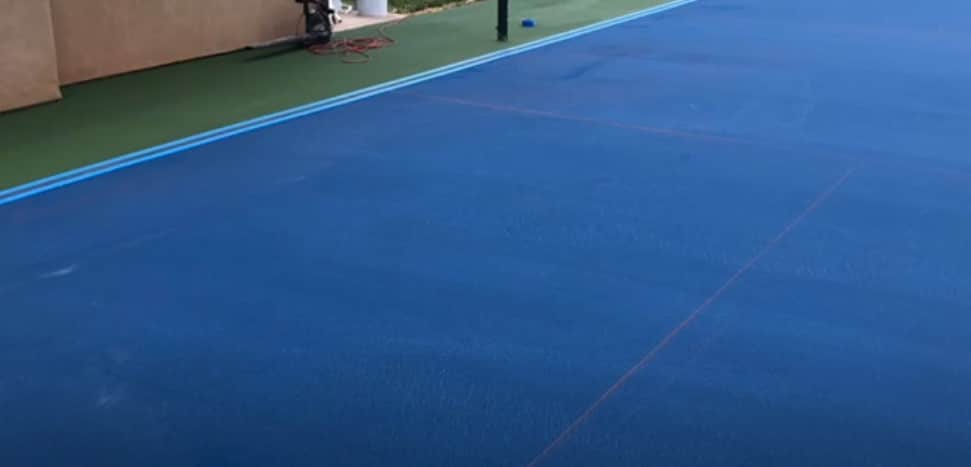
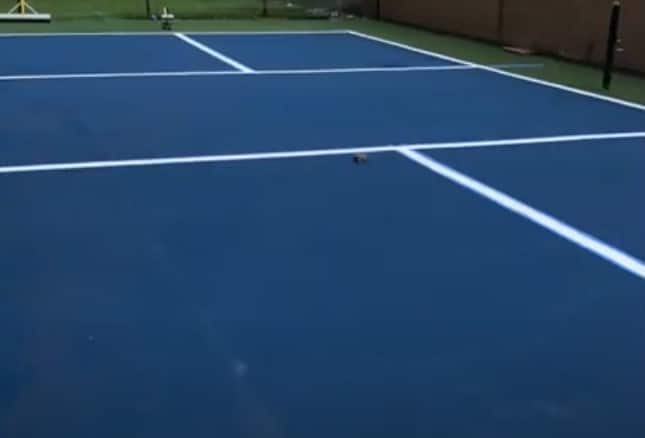
Painting
If opting for painted lines, ensure the chosen paint adheres well to your court surface and is suitable for outdoor use. Use a roller or paint sprayer for larger areas and a brush for precise line marking. Allow ample drying time before using the court.
Pre-Painted Lines
Pre-painted vinyl or fabric court lines offer a quicker and easier installation process. Simply measure and position the lines on your court surface, ensuring proper alignment. Pre-painted lines might require securing with weights or stakes for better stability, especially on outdoor courts.
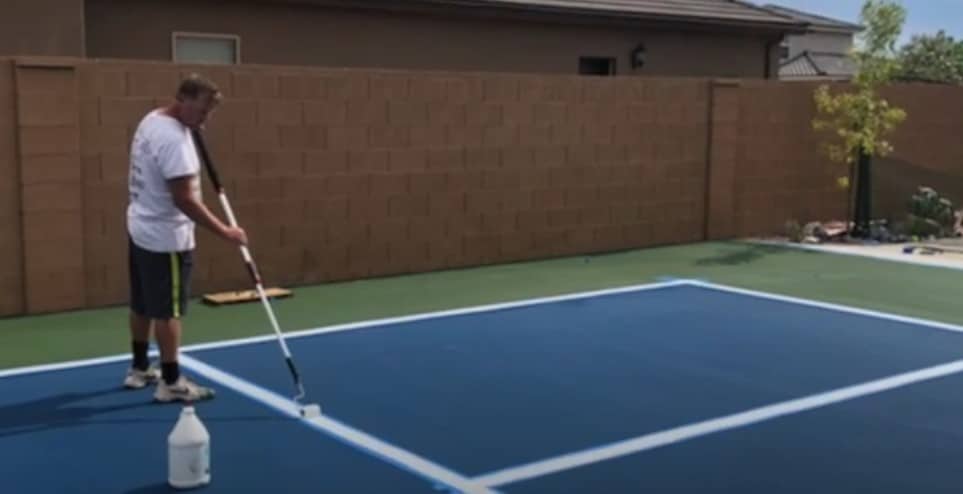
Additional Considerations for Your DIY Pickleball Court
Fencing: Consider adding fencing around the perimeter of your court to keep the ball contained and prevent disruptions from stray objects.
Lighting: If you plan on playing evenings or in low-light conditions, installing outdoor court lighting will enhance playability.
Seating: Adding comfortable seating allows players to rest between games and creates a more social atmosphere.
Alternative Court Constructions
If you don’t have a suitable concrete or asphalt surface, here are alternative options,
Modular Court Tiles: These interlocking tiles provide a quick and portable court solution. They come in various materials and are ideal for temporary setups.
Portable Court Systems: Pre-fabricated portable courts offer a complete playing surface that can be easily assembled and disassembled. While more expensive, they are a great option for limited space or those who desire a flexible court setup.
